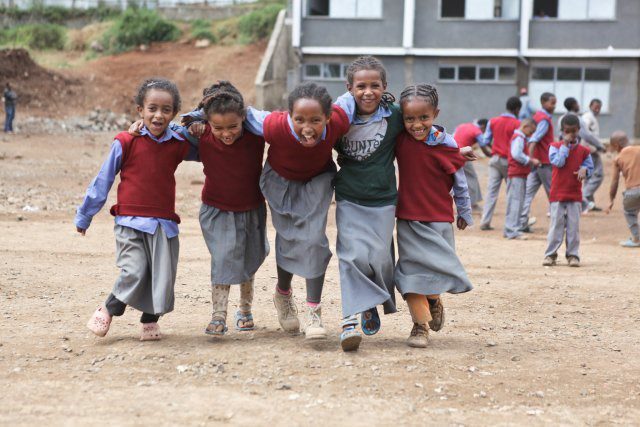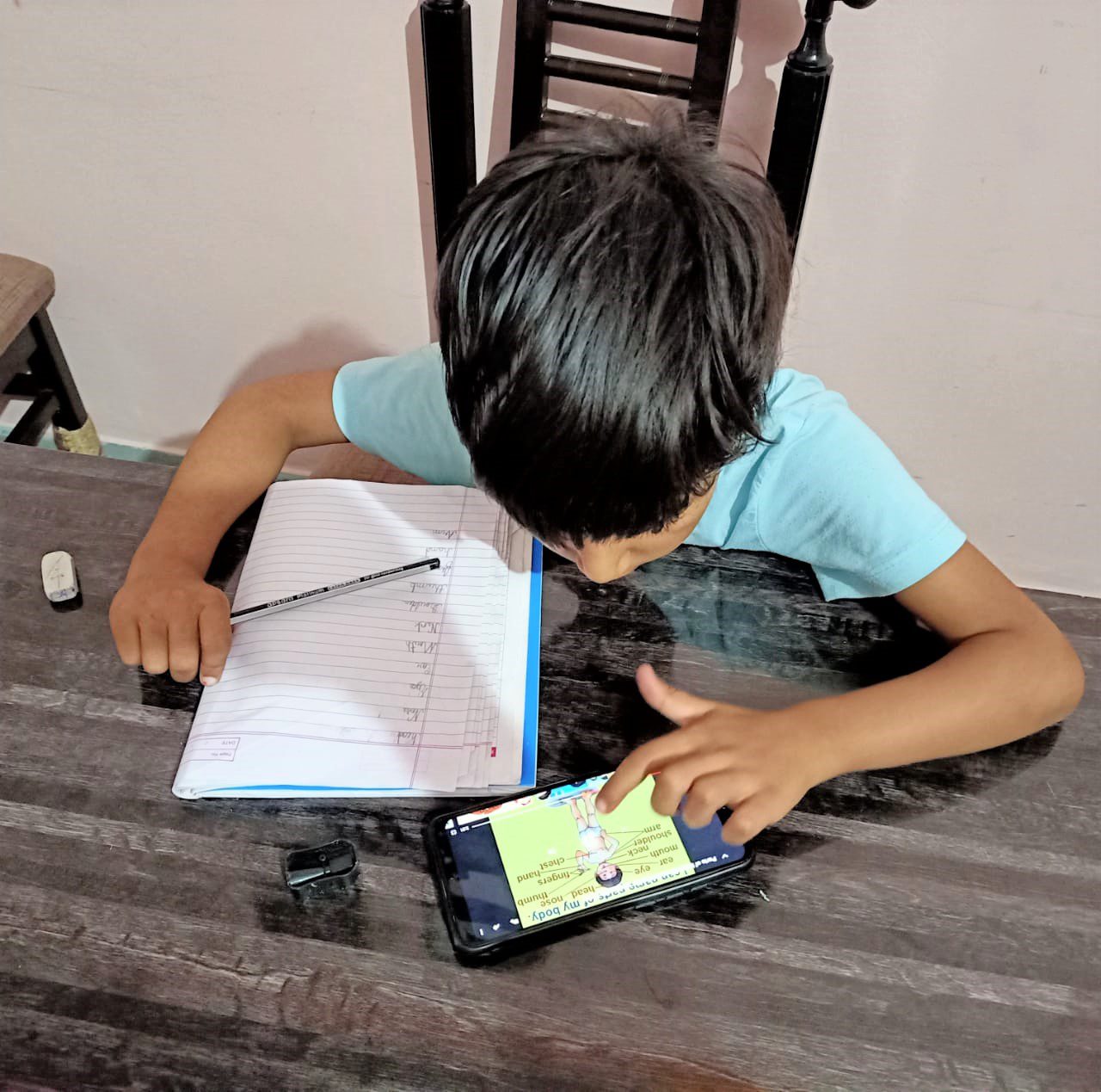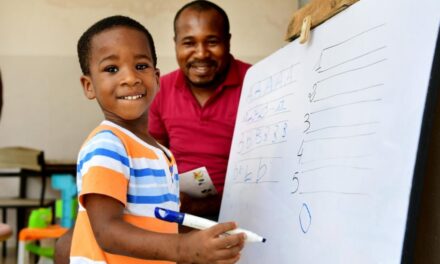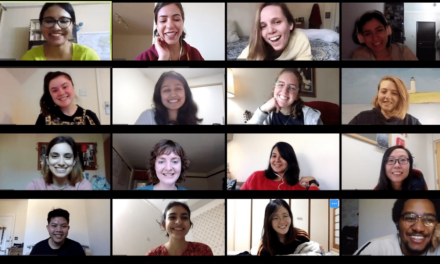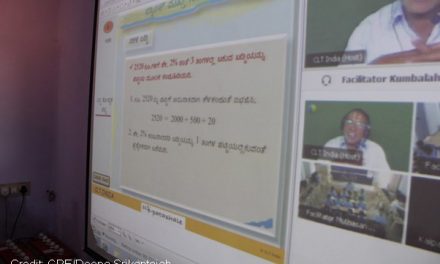This blog was written by the Global Education Monitoring Report team and published on the GEM Report website on 24 April 2020.
The shift in emphasis in global education debates in recent years towards learning outcomes has been so strong that sometimes it seemed as if we no longer valued education access unless it led to learning. The reaction to school closures in response to the Covid-19 pandemic is a powerful reminder that in fact we do, instinctively, care about access per se, and even about the time physically spent in school. But it is also a reminder that we do not care about it consistently.
Just as some countries like Austria and Denmark are reopening schools, the prospect of schools re-opening their doors anytime soon is receding in many other countries. But even when closures were initially announced for 1-2 months, the education community rightly went into crisis mode. This is despite the fact that closing schools for 2 or even 3 months every year as we do in the summer is considered business as usual.
The point is not to argue that the current situation is less serious than it seems, but to remind ourselves that the question of how much time is spent at and away from school is not as trivial as it seems, even at the best of times.
There are large institutional differences between countries with respect to instruction time and the academic calendar. There are 141 school days per year in a normal year in France, for example, meaning that schools are closed for the equivalent of around three months more than in the Republic of Korea with 220 school days. With respect to uninterrupted periods away from school, differences are also large. The summer break between academic years is only one month in Bangladesh, but around 3 months in the Russian Federation, for example. Students in Italy have one extra month every year not in school compared to their peers in the Netherlands. And on top of these differences there are differences in the length of the school day and as a result, in actual instruction time.
These vast differences in the amount of time children effectively have physical access to school raise relatively little debate. One reason is that the statistical correlation with learning outcomes as measured by international assessments is tenuous. But, as the current crisis so powerfully reminds us, we do – and should – care about whether children lose even a month’s worth of school time, especially in systems where learning levels are low.
Many do not believe that the scheduled closures such as the summer break are harmless. That learning might recede in some way over a break of several months seems a common-sense argument, often referred to as the ‘summer learning loss’. If you try and learn a new skill and then drop it for a couple of months, for instance, you’re bound to be a bit rusty when you return to pick it up again.
Recent research in the United States by NWEA, the Northwest Evaluation Association, looked at the evidence for a ‘summer slide’ . It found that, after grade 3, students lost nearly 20% of the school year’s gains in reading skills and 27% of their math gains over the summer break. By grade 7, students lost on average 36% of their gains in reading skills and 50% of their math gains over the break.
A critical question is the extent to which this summer slide is also worse for disadvantaged students. Richer households may have better availability of books, more emphasis on reading, more technology used in the right way and, in richer countries, access to higher quality summer programmes. Indeed, such considerations are also behind the concern that extended Covid-19 school closures could increase socioeconomic gaps.
For the summer break, the evidence on inequality in its effect on skills is decidedly mixed, however. A seminal study in 1996 found that the most disadvantaged students saw far greater declines in reading skills over the summer than others, and that this disadvantage cumulated over their school careers. However, these results have been called into question.
Inequalities are often argued to be associated with other elements such as financing of education systems or the quality of a school or teacher. Much of the achievement gap being looked at in the summer loss data is already present at the start of preschool.
However, much of this research on the summer learning loss has been limited to the United States and other high-income countries. A lack of clear evidence there should not make us complacent about the potential effects on inequality of being away from school for several months in low- and middle-income countries, where there is even greater variation in education resources between homes. An analysis of recent household surveys conducted by the GEM Report uncovered no systematic difference in child welfare indicators, such as child labour, between households interviewed during the school year or the summer break. However, it is unclear whether respondents answer with reference strictly to the current or to the general situation. Similar to the introduction of high-frequency phone surveys in response to the current crisis, more detailed data is required to fully understand when exactly drop-out between grades takes place and how the potential harm of long summer breaks can be minimised in settings with already low levels of education.
There is no perfect schedule for a school calendar, as global variations show. This might lead some to question whether a summer break should be kept as scheduled or not after these closures. Many countries’ so-called ‘summer break’ does not reflect any weather pattern or agricultural activity that particularly justifies closing schools.
In the northern hemisphere, the case for closed schools may be stronger in October than in July and August from a public health perspective. Sticking to the regular summer break may, therefore, force school closures of more than six months.
If schedules can’t be changed, a response might be to use the summer break to focus on supporting students who have been further marginalised by this crisis. Discussions with teacher unions on how to make catch-up instruction possible should take place in the coming weeks.
The world has shown a remarkable amount of flexibility around the disruption that this pandemic has brought. Flexibility could also be found to change school calendars if needed, given that there is not always an obvious rationale why they are shaped that way to begin with.

